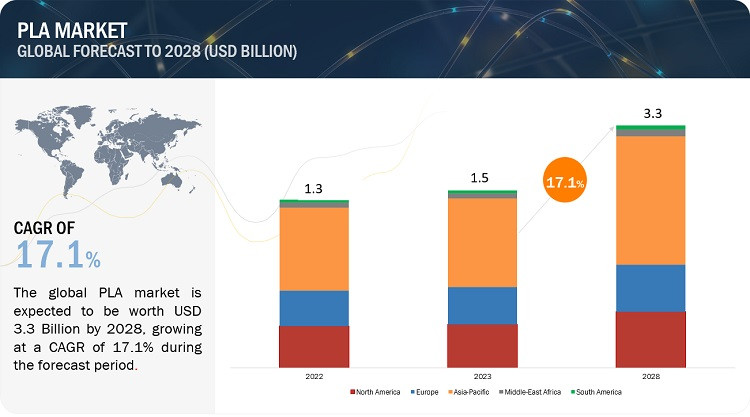Bank of Canada Cuts Interest Rates for Fifth Time
Canada’s central bank has unexpectedly cut interest rates for the fifth consecutive time, signaling a significant shift in monetary policy amid slower-than-projected economic growth. This 50-basis-point reduction brings the key interest rate down to 3.25 per cent, a move that has sent ripples through the Canadian financial markets and sparked debate among economists.
Impact on the Canadian Economy
The Bank of Canada's decision is primarily driven by concerns over the weakening Canadian economy. The economy grew by just one per cent in the third quarter of 2024, a figure that falls short of earlier projections. The fourth quarter is expected to show even weaker performance. The bank also cited a rising unemployment rate, reaching 6.8 per cent in November, as a key factor. Governor Tiff Macklem highlighted the disproportionate impact on young people and newcomers to Canada who are struggling to find work. This, combined with a significant shift in immigration policy, fuels concerns of further unemployment increases in the coming months, with some economists predicting an average of 7 per cent unemployment in the first quarter of 2025 before a slight decrease.
The Unemployment Crisis
The rising unemployment rate is a significant concern, particularly given the challenges faced by young people and newcomers to Canada. The Bank of Canada governor, Tiff Macklem, pointed out that it has been especially difficult for these groups to secure employment, underscoring a critical social and economic challenge. This situation is further complicated by the significant shift in immigration policy that has affected population growth, potentially exacerbating the unemployment issue.
Uncertainty and External Factors
Beyond domestic economic concerns, the Bank of Canada also factored in the uncertainty surrounding the incoming U.S. administration and the threat of potential 25 per cent tariffs on Canadian exports to the U.S. This geopolitical uncertainty further clouds the economic outlook and contributed to the decision to lower rates. Macklem expressed the bank’s uncertainty regarding future tariff implications, stating that “No one knows how this will play out in the months ahead – whether tariffs will be imposed, whether exemptions get agreed, or whether retaliatory measures will be put in place.”
The Looming Tariff Threat
The potential imposition of tariffs by the incoming U.S. administration casts a long shadow over the Canadian economy. The uncertainty surrounding the situation and the potential for retaliatory measures add to the already complex economic landscape. The possibility of these tariffs significantly impacts Canadian businesses that rely on exports to the United States.
Inflationary Pressures and Government Policies
While the Bank of Canada anticipates inflation to remain near its two per cent target over the next two years, there are underlying concerns. Elevated wage increases combined with weak productivity could put upward pressure on inflation. The bank's decision also considers the impact of recent federal government initiatives, including a two-month GST holiday and proposed one-time payments of $250 to working Canadians who earned less than $150,000 last year, which is predicted to temporarily lower inflation to around one-and-a-half per cent in January before rising again in February.
Navigating the Complexities of Fiscal Policy
The Bank of Canada's monetary policy decisions must carefully consider the interplay of various economic factors, including government fiscal policies. The government's initiatives, while aimed at stimulating the economy and providing relief to citizens, can influence inflation and create further complexities for the central bank in managing interest rates. The recent GST holiday and one-time payments are prime examples of such government policies that influence the central bank's decision-making process.
Future Rate Decisions and Border Spending
Considering the aforementioned factors, including potential new border security spending in response to the incoming U.S. administration's demands, the Bank of Canada anticipates a more gradual approach to future interest rate decisions. The bank's next scheduled announcement on the overnight rate target is January 29, 2025.
A Cautious Approach to Future Rate Adjustments
The Bank of Canada's decision to adopt a more gradual approach to future rate adjustments reflects its recognition of the complex interplay of economic factors at play. The bank's cautious stance allows for a more nuanced response to evolving economic conditions and minimizes abrupt shifts in monetary policy. This measured approach is intended to help maintain economic stability and avoid unintended consequences.
Conclusion: A Calculated Risk
The Bank of Canada’s decision to cut interest rates for the fifth time represents a calculated risk. While the move aims to stimulate economic growth and address unemployment, it also carries the risk of fueling inflation. The coming months will be crucial in assessing the effectiveness of this monetary policy shift and whether it successfully navigates the challenges facing the Canadian economy without exacerbating inflationary pressures. The bank’s commitment to a gradual approach suggests a willingness to adapt to changing economic circumstances and refine its strategy as needed.

















